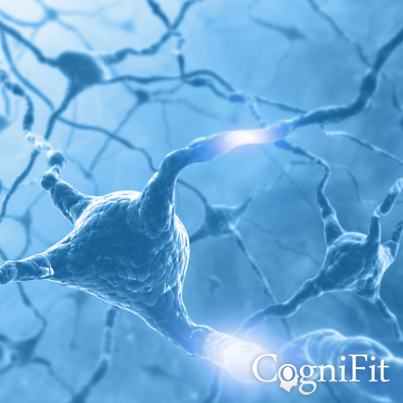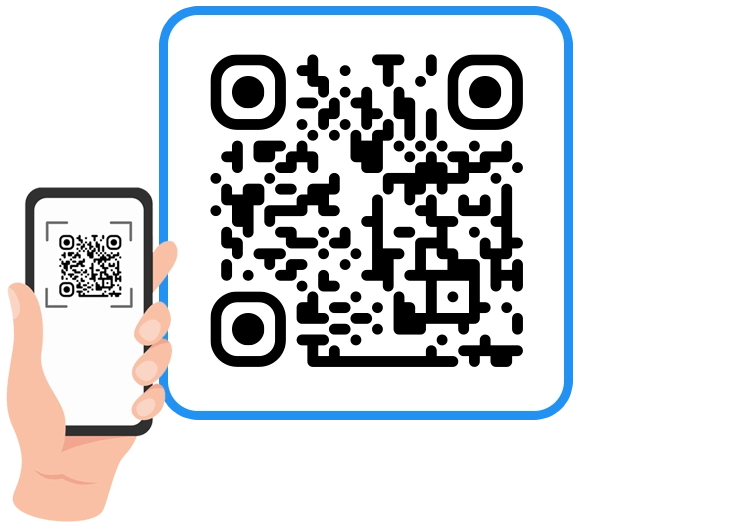
Eye-Hand Coordination Test
HECOOR: Coordination Test
Neuropsychological assessment.
Compares and evaluated the cognitive abilities related to coordination and perception.
Compare results by age group. Give it a try!
The Coordination Test HECOOR was inspired by the classic Trail Making Test (Reitan, 1955), and by the Vienna Test System (Whiteside, 2002). The test-taker is required to track, with the mouse (or on-screen digital joystick, if using a mobile device), a ball moving in an undetermined itinerary.
For more information about what variables are measured in this task, read this document.
- Evaluated cognitive abilities:Hand-eye coordination.
- Time allowed:Between approximately 55 and 60 seconds.
- Areas of application:Educational Psychology, Clinical Psychology, Neuropsychology, General Medicine and Research.
- Format:Online Computerized Test (PCs, cell phones, tablets).
- Objective:Keep the cursor as centered as possible on the ball.
- Instructions:Move the mouse (or the on-screen joystick, if using a touch device) to keep the cursor centered over the ball that moves freely around the screen.

References
Greenberg, L. M., Kindschi, C. L., & Corman, C. L. (1996). TOVA test of variables of attention: clinical guide. St. Paul, MN: TOVA Research Foundation.
Stroop, J. R (1935). Studies of interference in serial verbal reactions. Journal of experimental psychology, 18(6), 643.
Whiteside A., A synopsis of the Vienna Test System: A computer aided psychological diagnosis. JOPED, 2002, 5 (1), 41–50.



